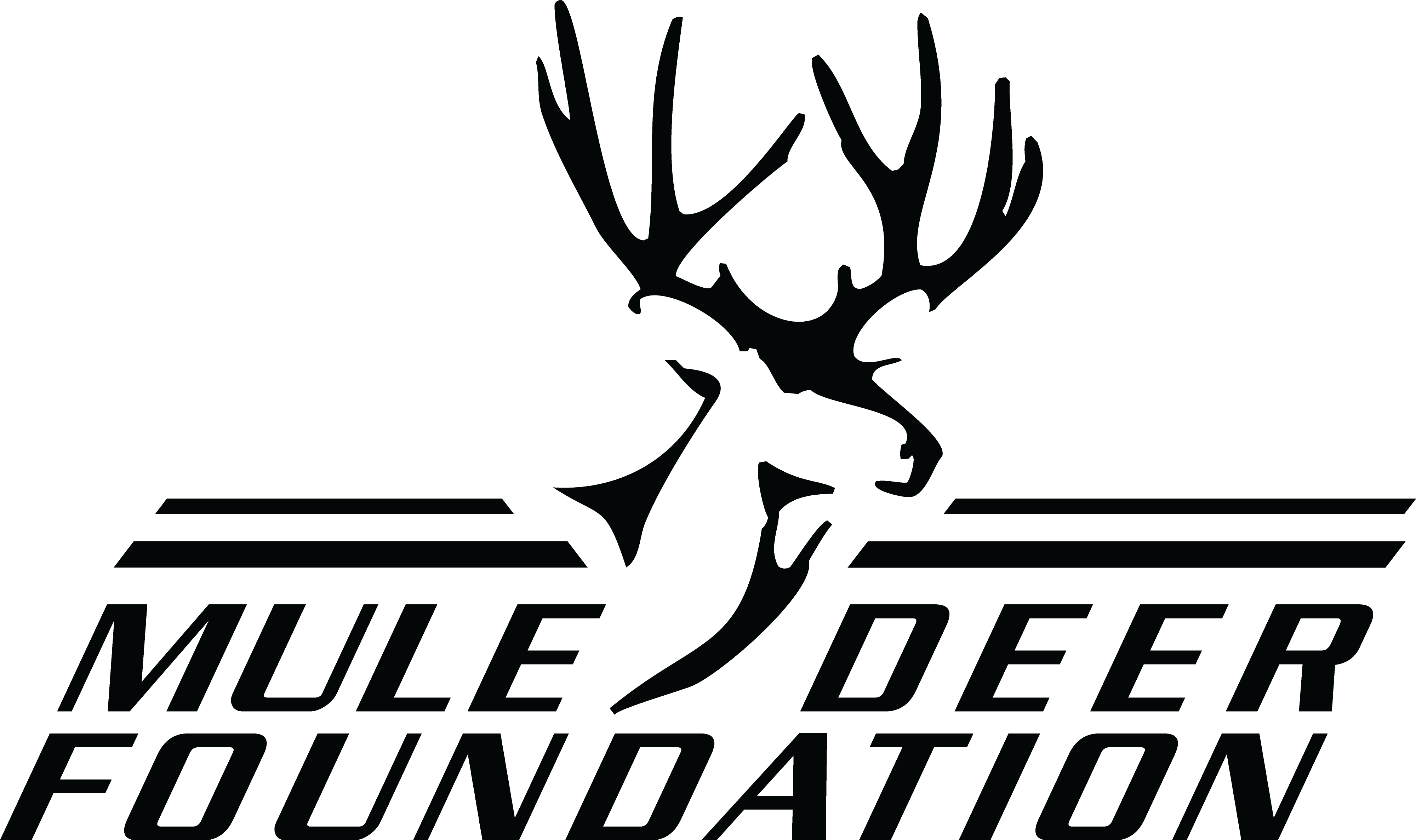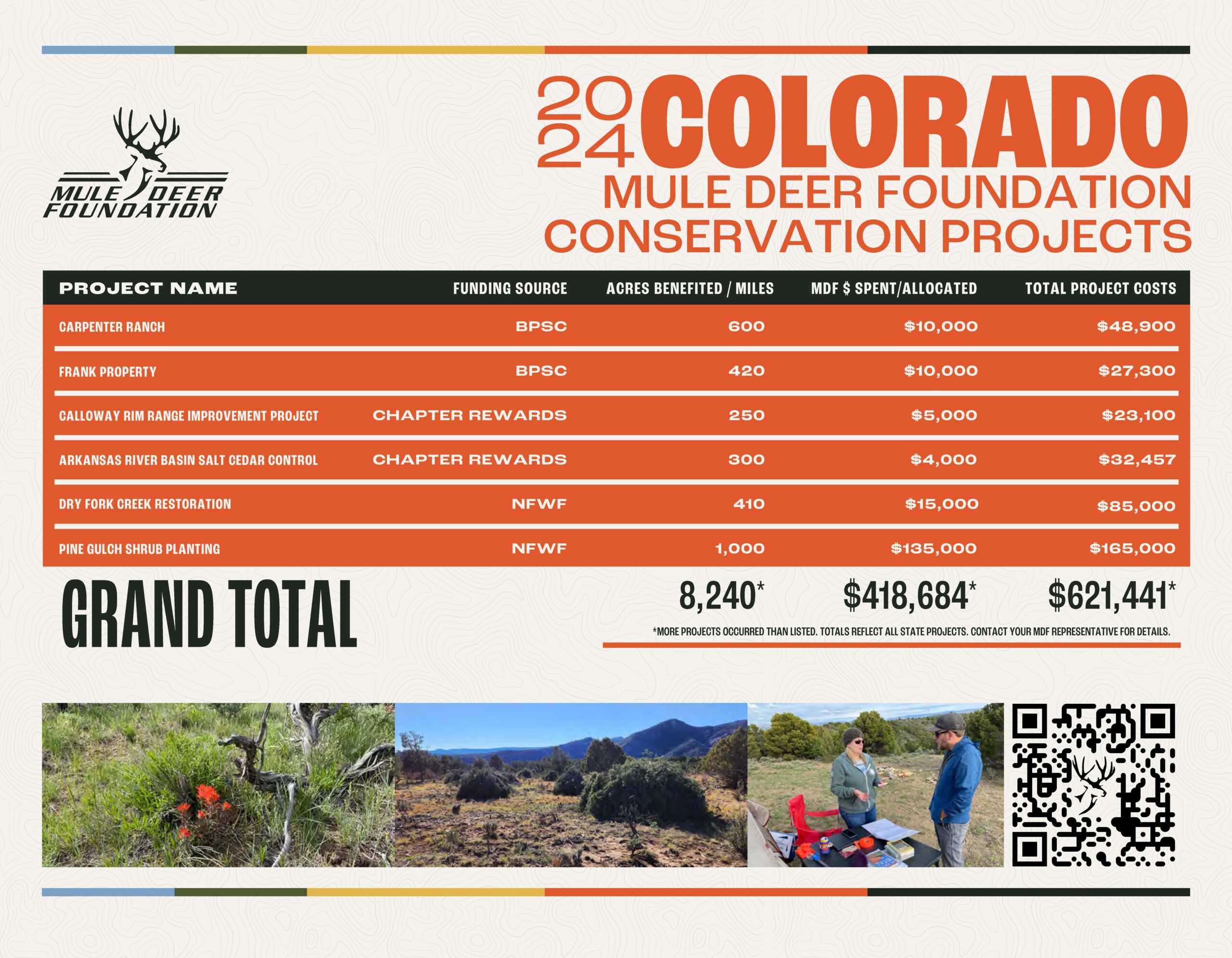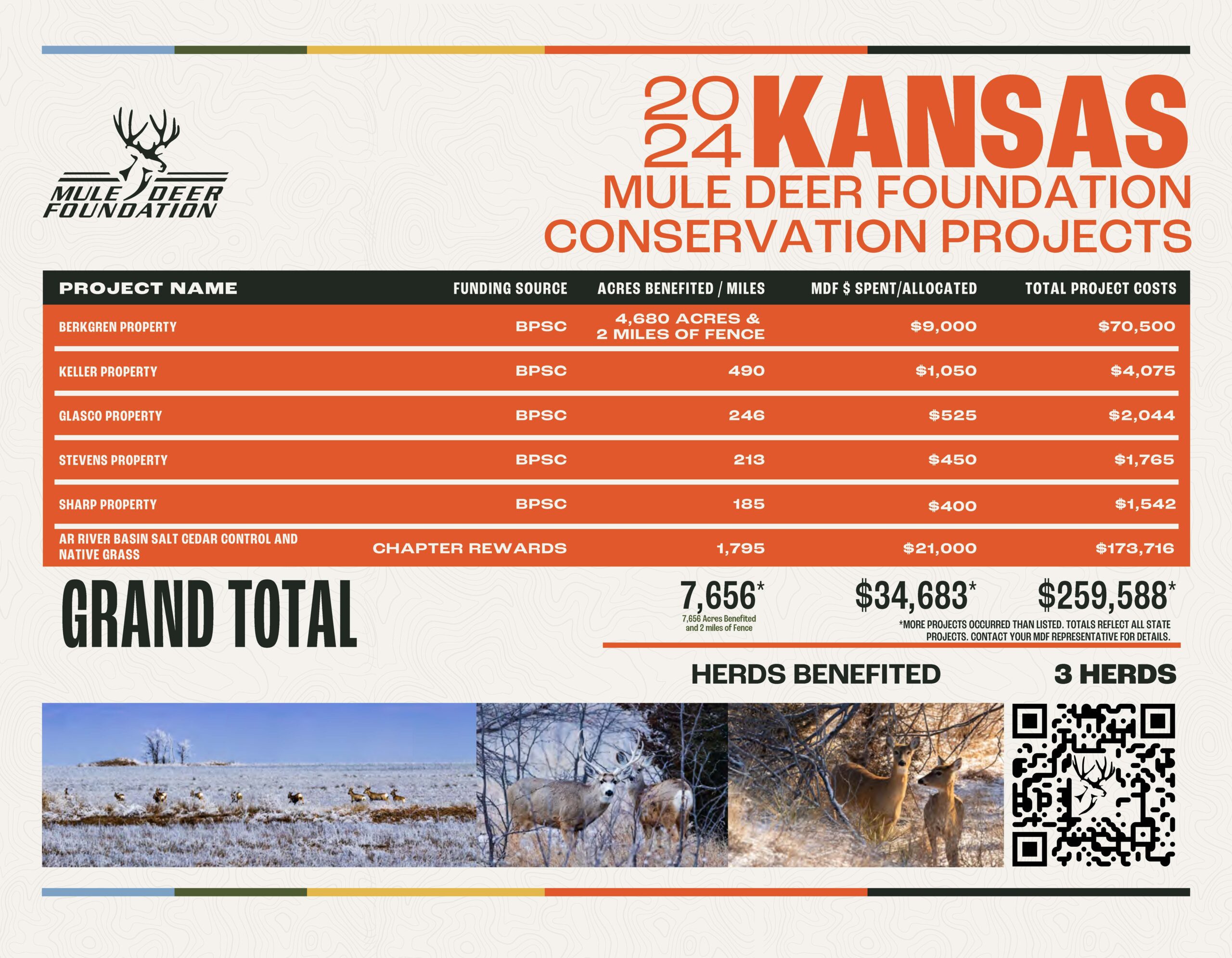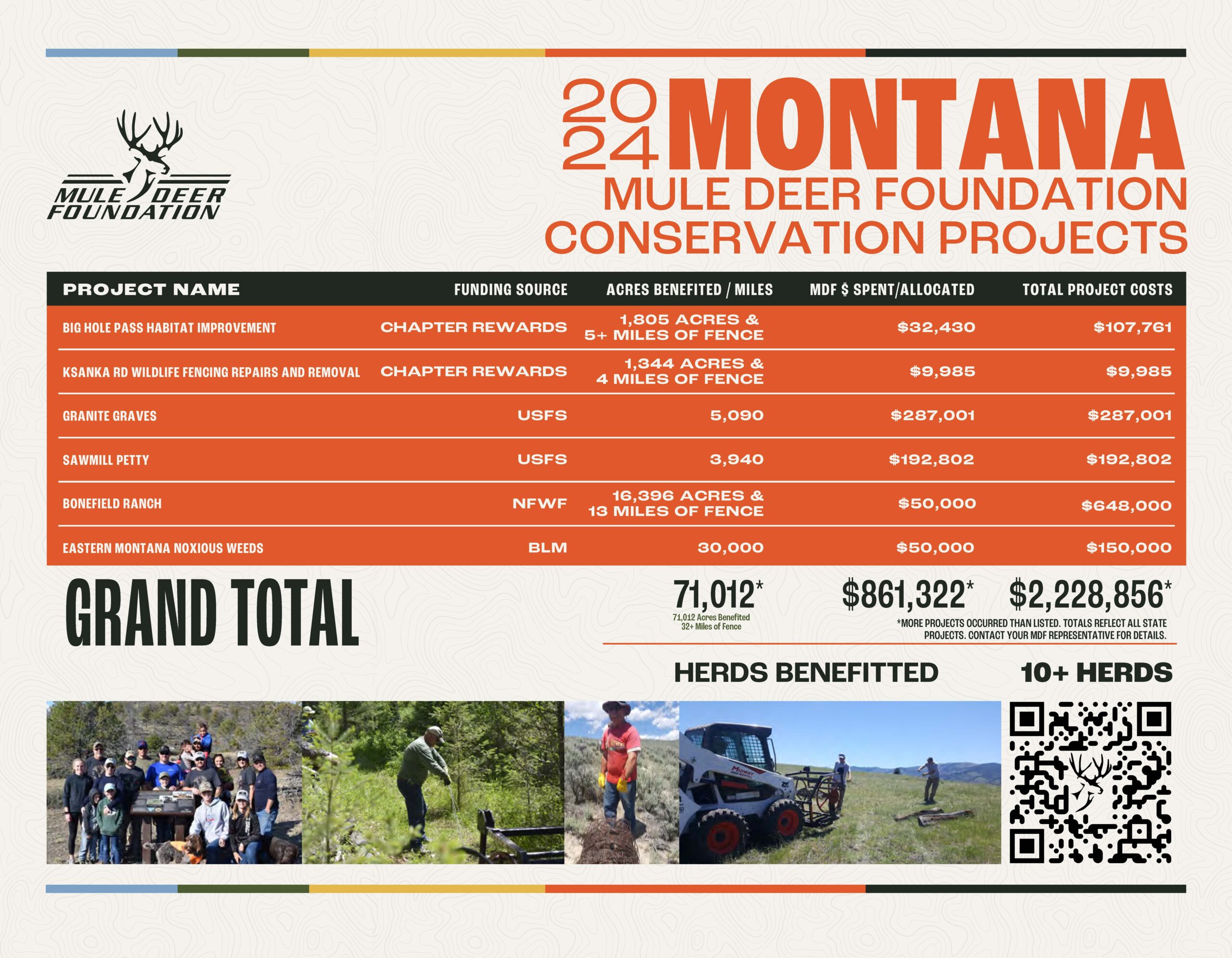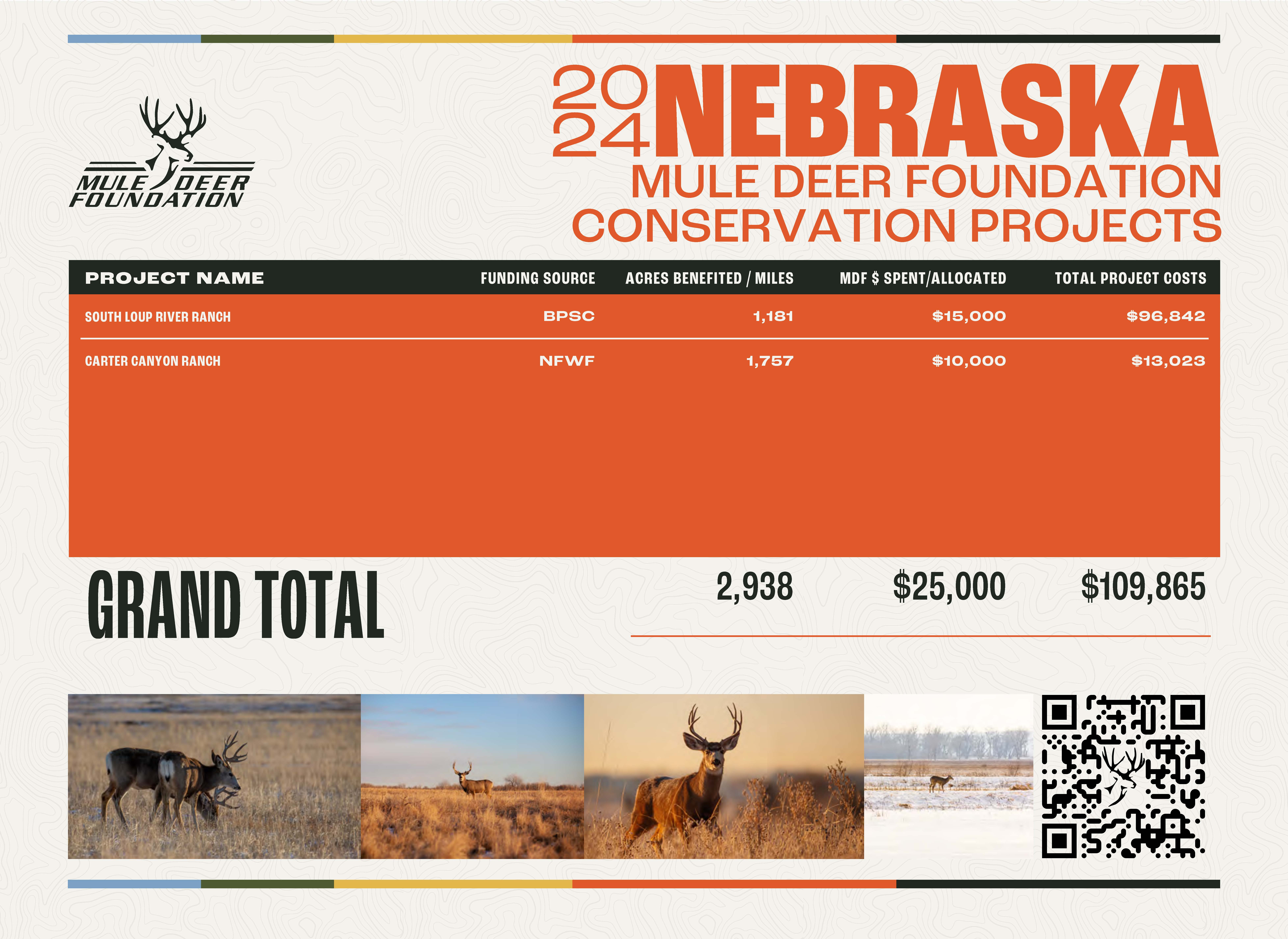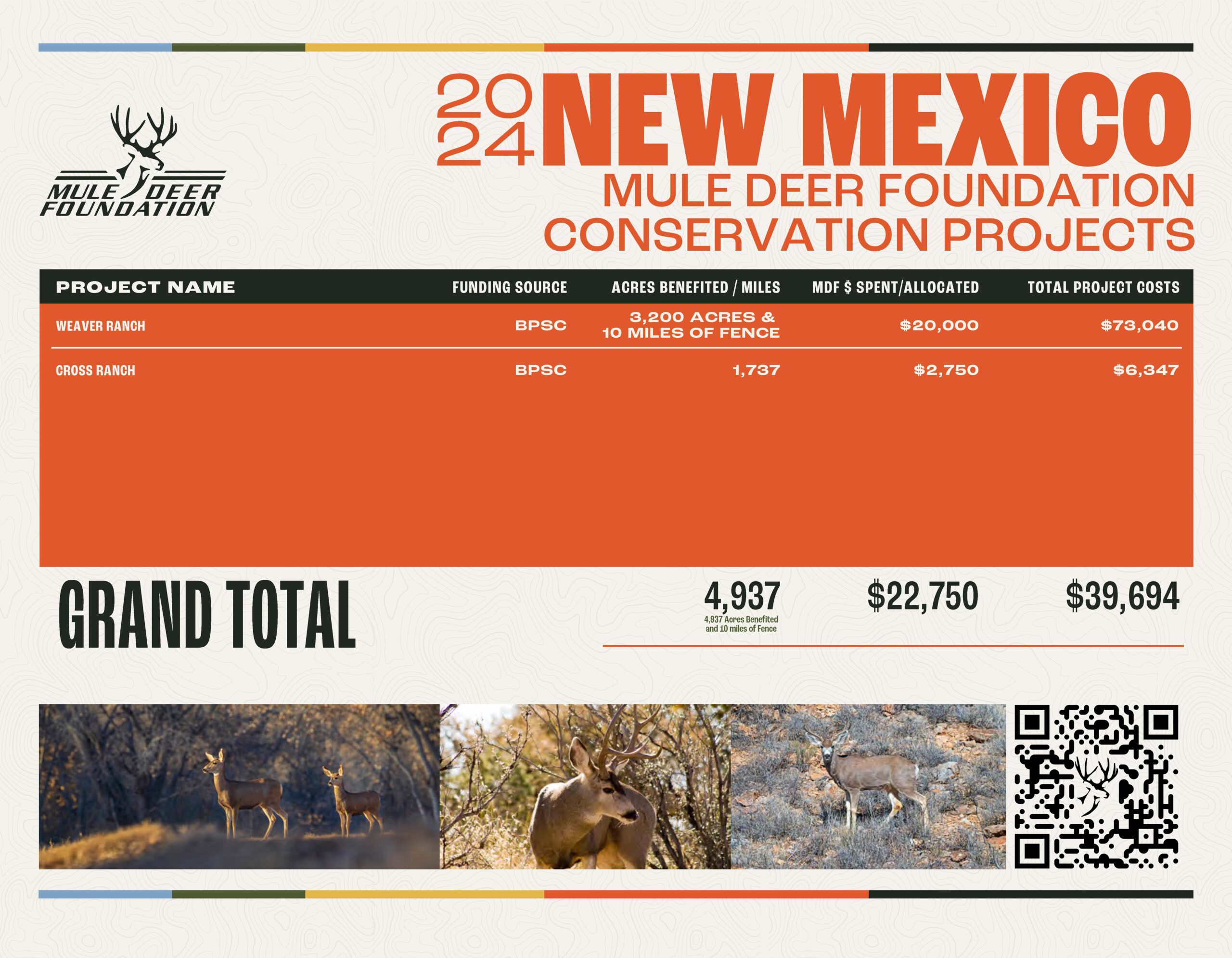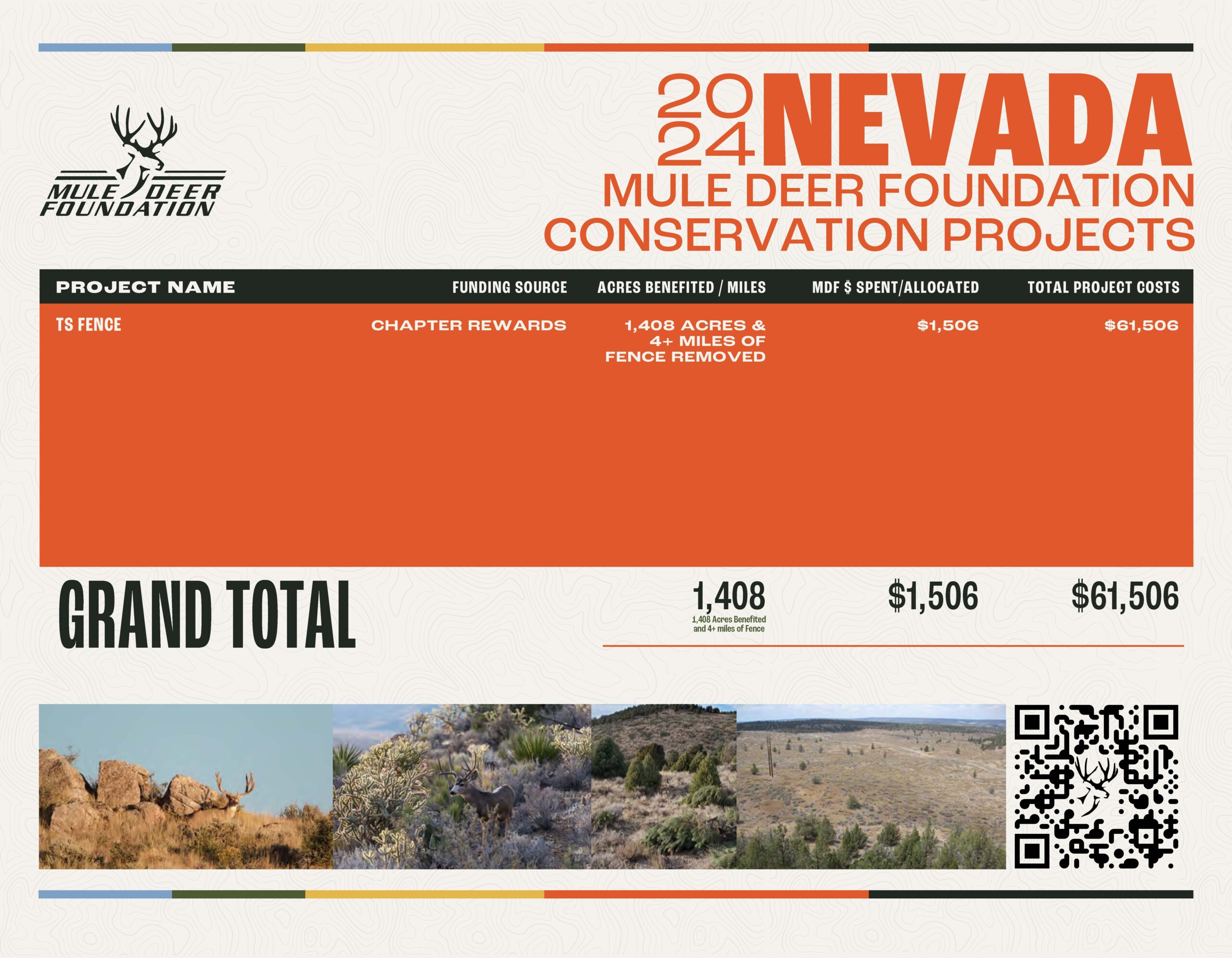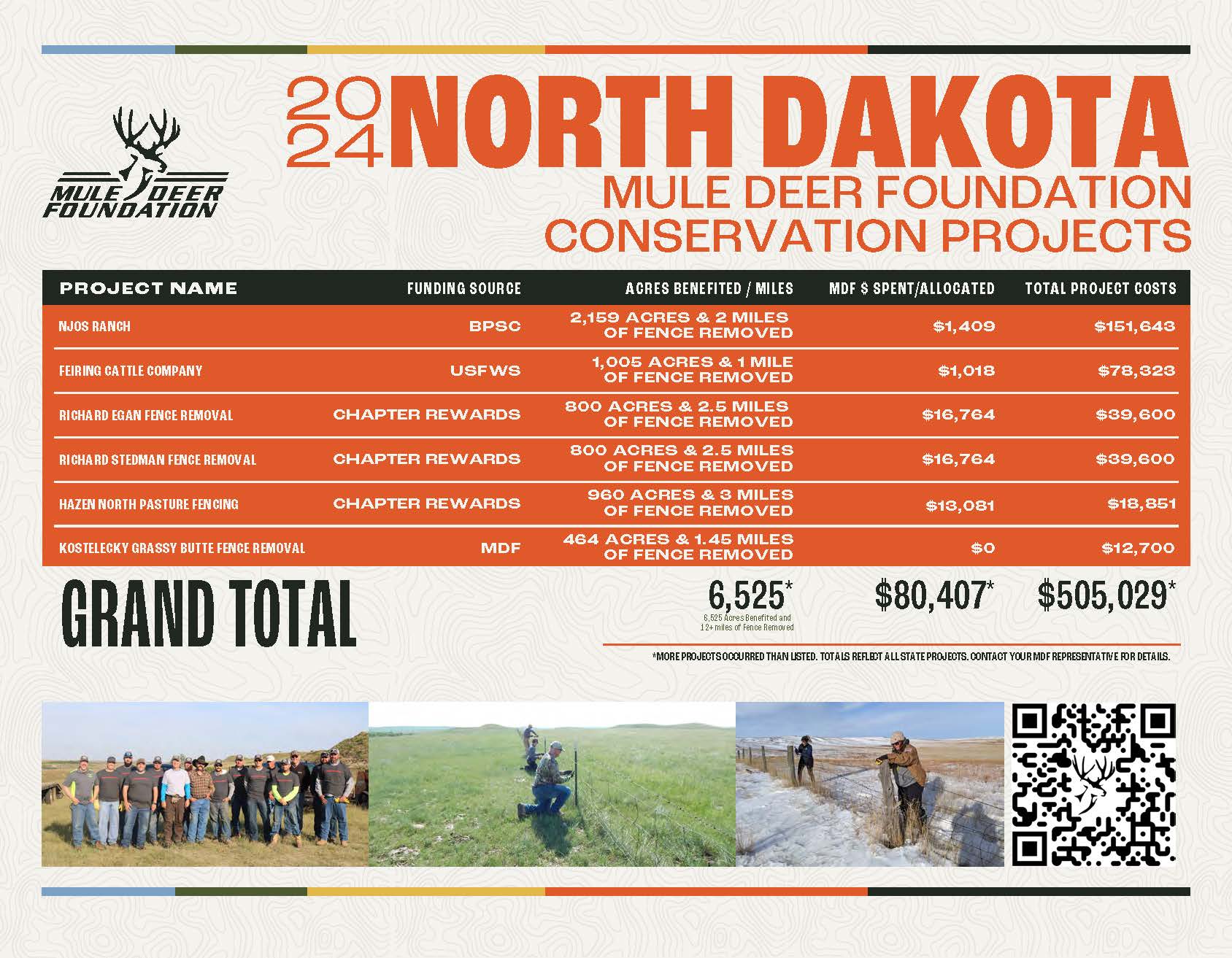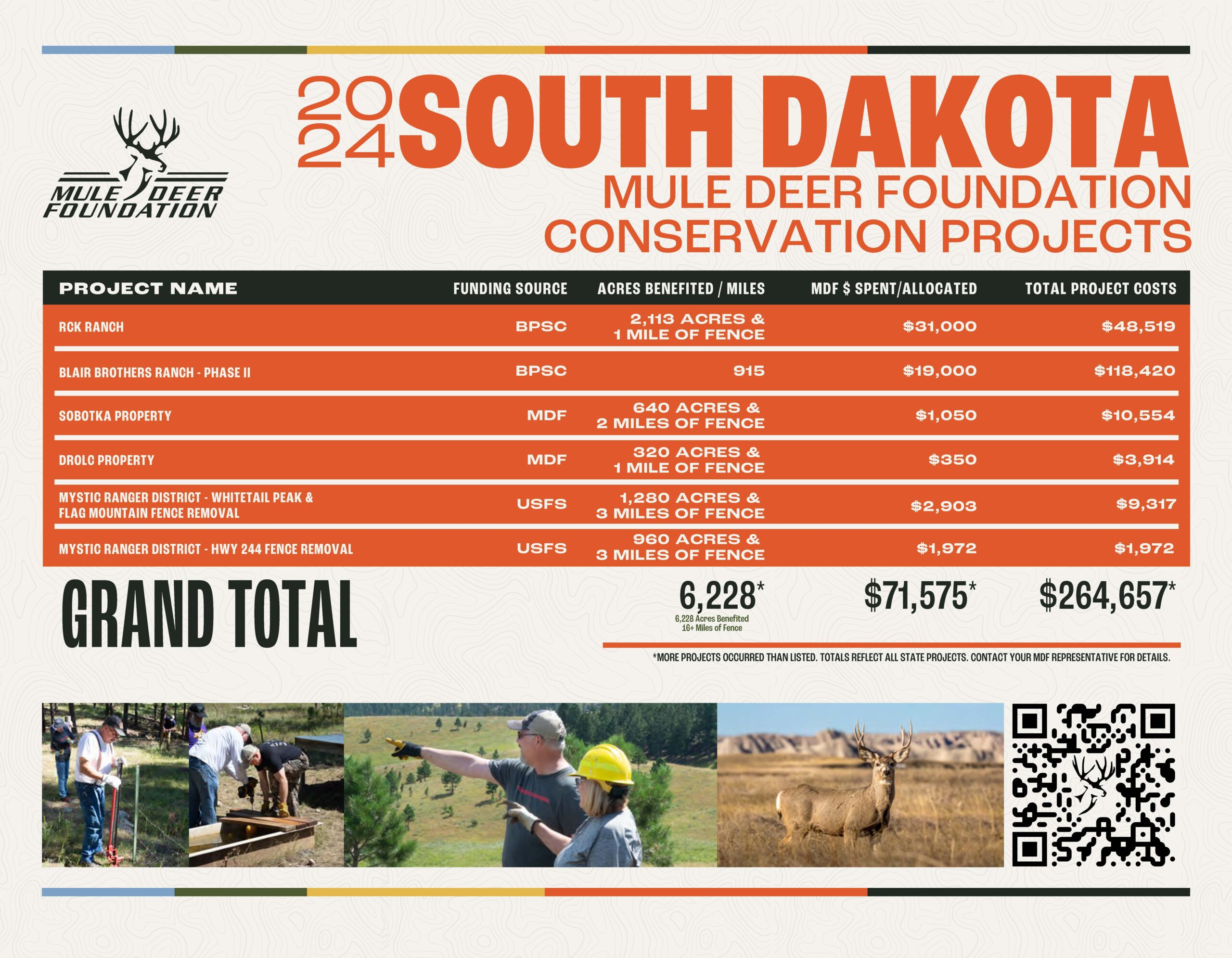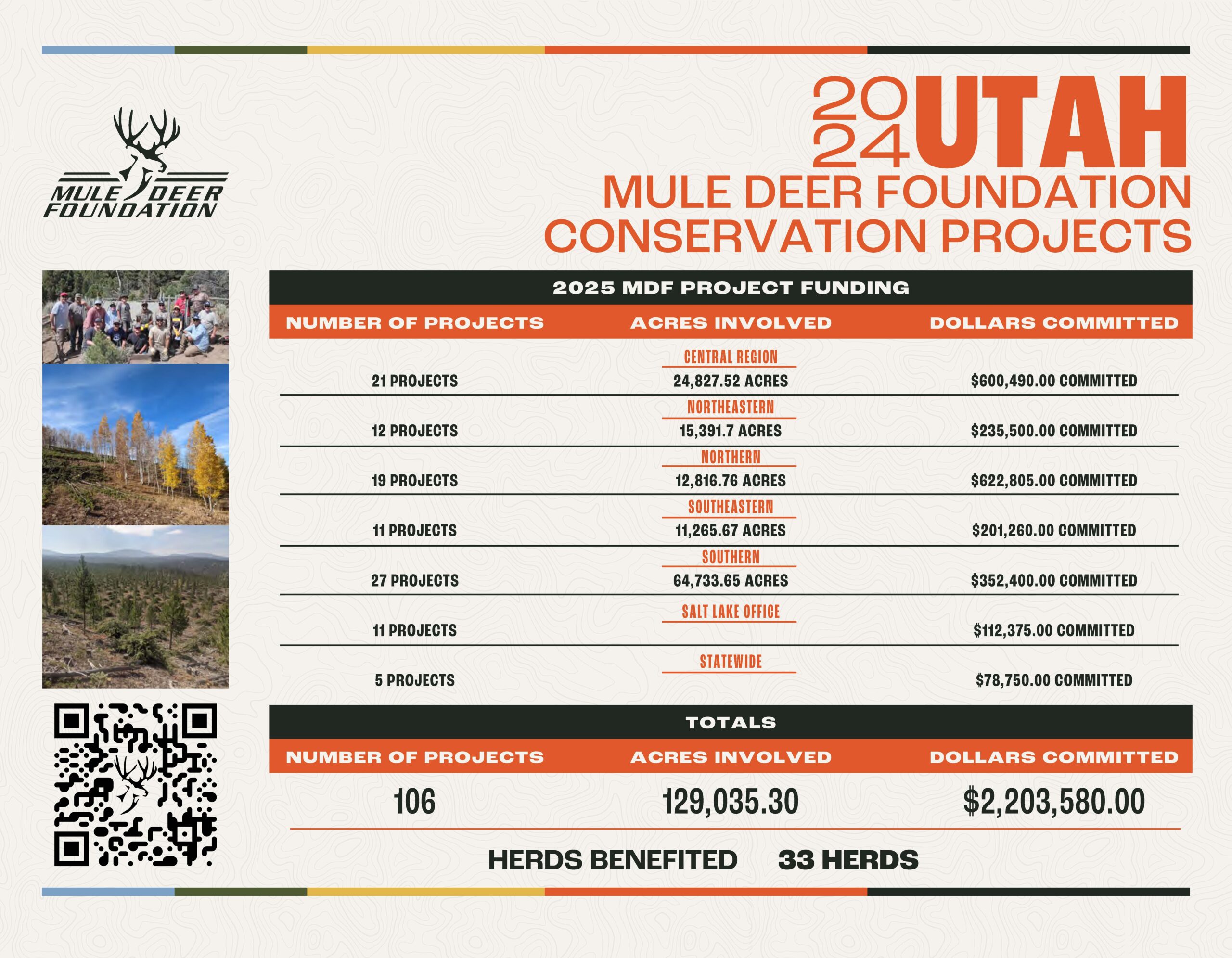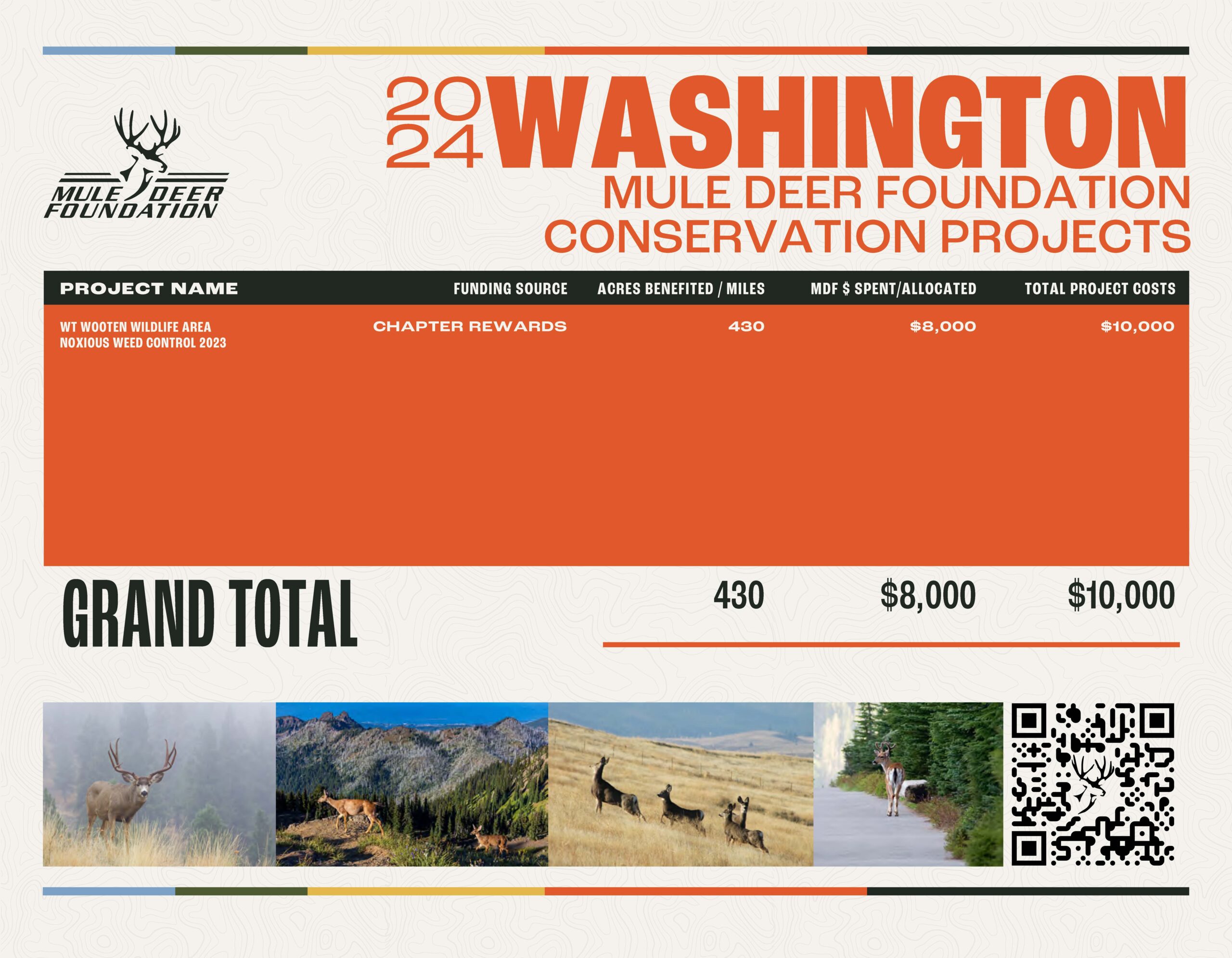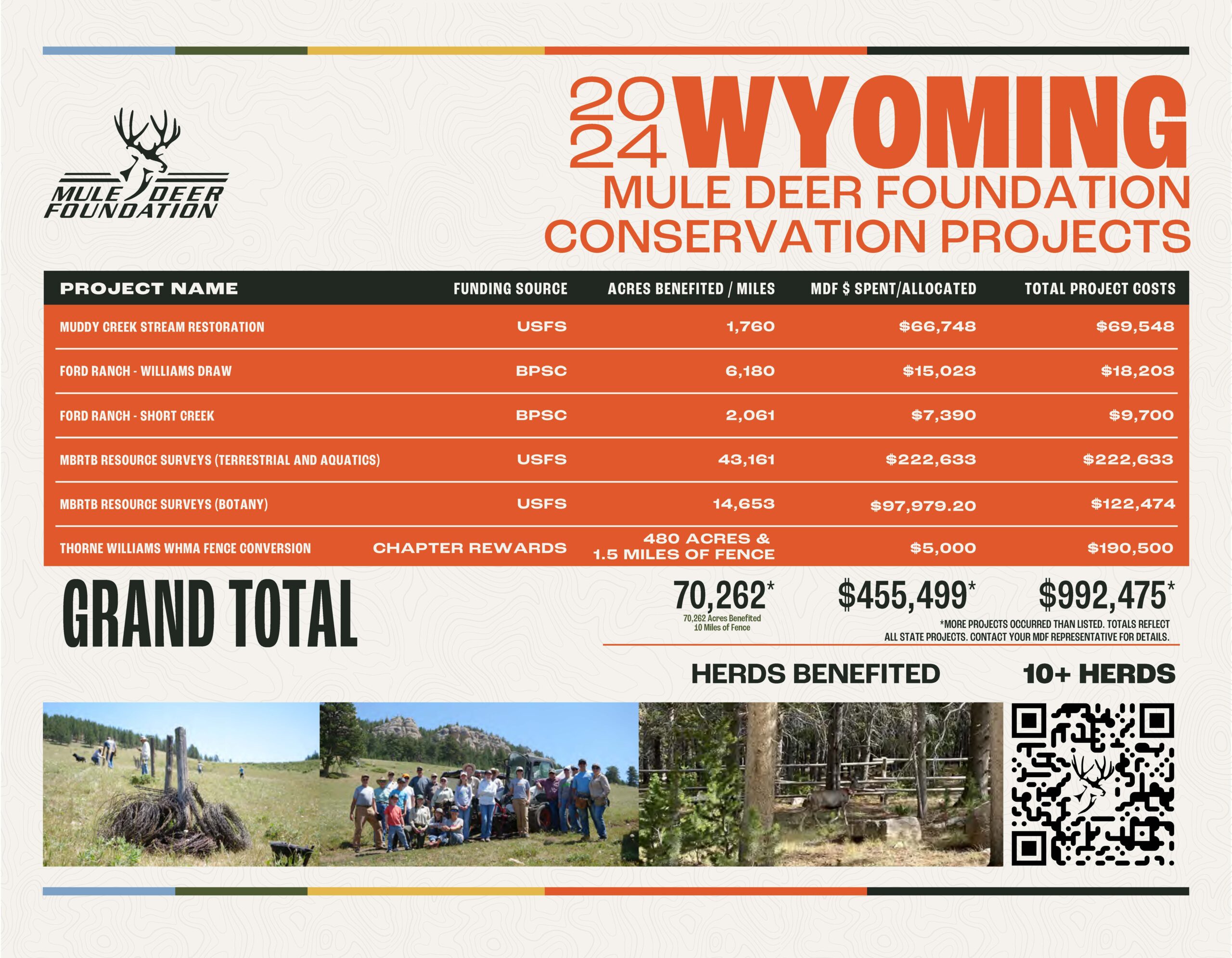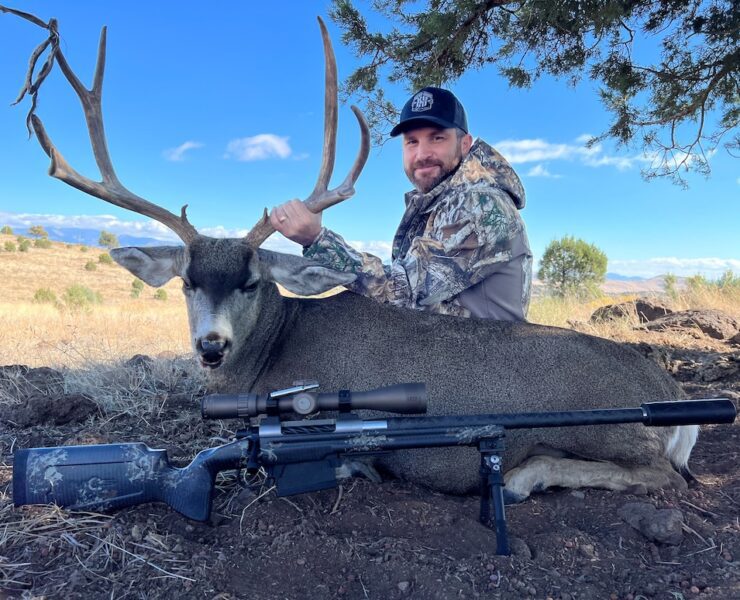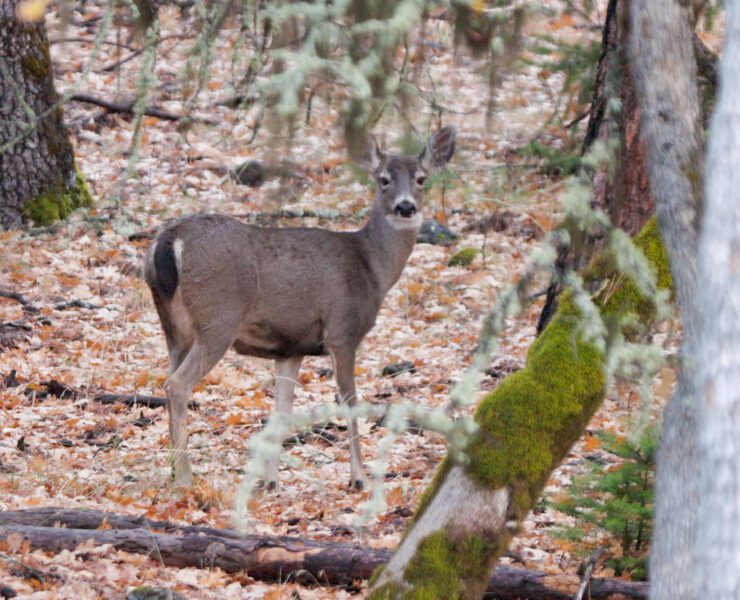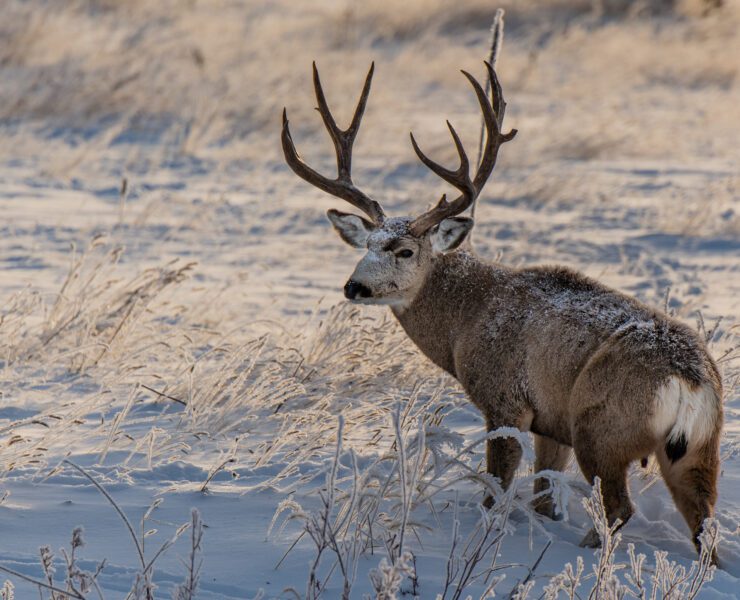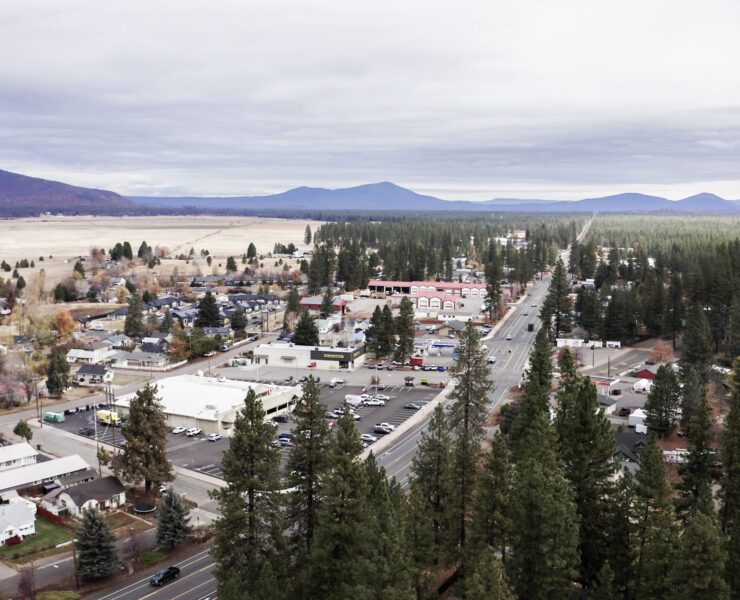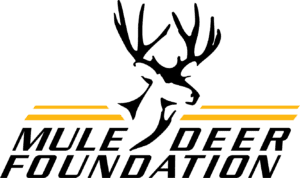
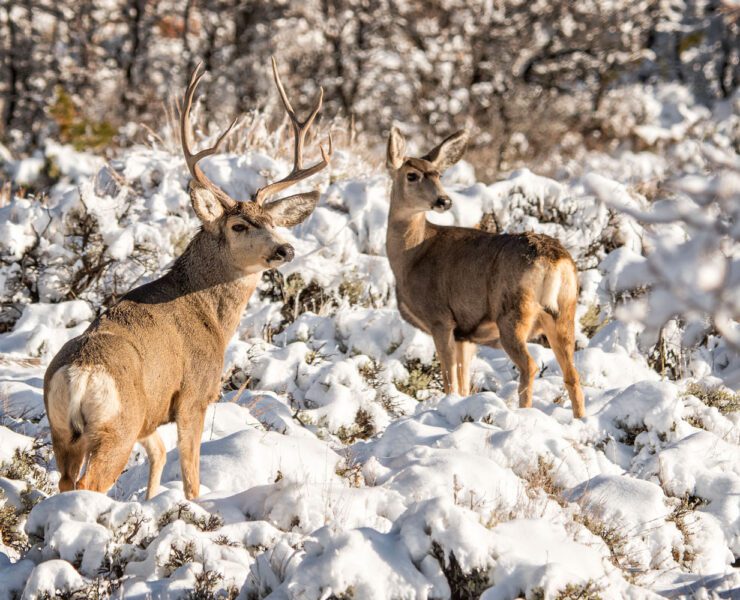
Ask any mule deer hunter and they’ll tell you: elevation matters. Between 5,000 and 10,000 feet, mule deer country shifts dramatically from sagebrush basins to aspen slopes to high-country meadows. Each band of elevation offers unique challenges and opportunities, and hunters who understand how deer use these habitats will have the best chance at success.
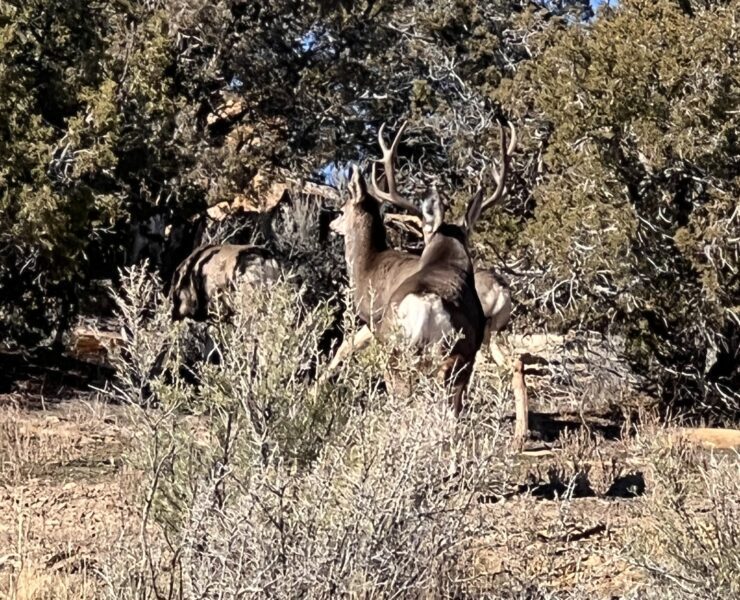
If you’ve never seen a line of mule deer moving across the skyline at dawn, nose to tail, mile after mile, you’re missing one of the last great natural wonders in North America. These migrations aren’t just impressive; they’re ancient. Some herds travel over 150 miles between their summer and winter ranges, crossing rugged mountains, ranch fences, and six-lane highways like they’ve been doing it for a thousand years, because they have.
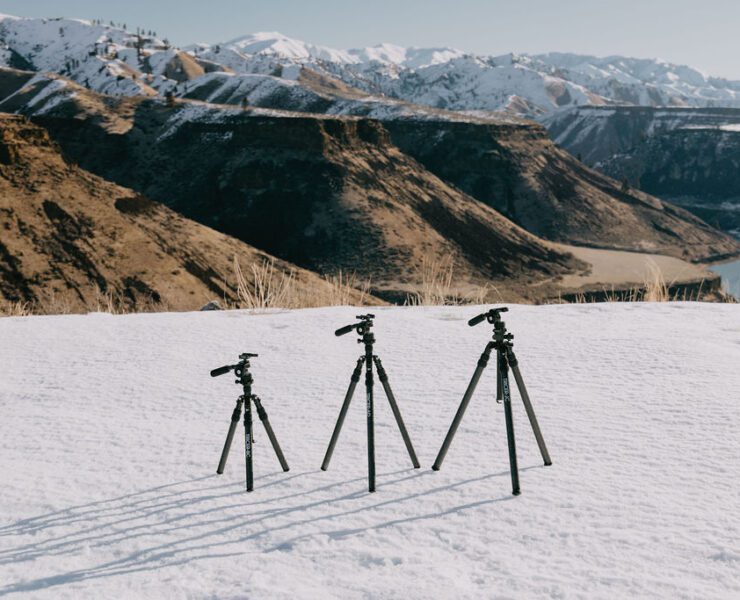
Success in the high country doesn’t happen by luck. Rifle season comes fast, and by the time the opener rolls around, hunters who have done the homework, the scouting, the glassing, and patterning mule deer bucks, are the ones most likely to punch their tag. The key is simple: treat pre-season scouting as seriously as the hunt itself.



